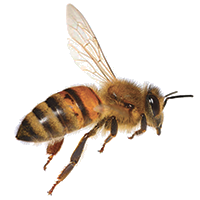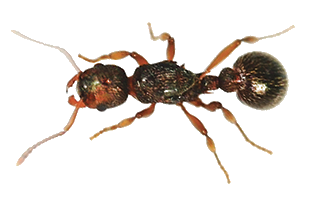-

Honeybees (Apis mellifera)
After investigating potential sites for new hives, scout bees present around a dozen options to the rest of the swarm by means of competitive “waggle dances.” Over the course of several days, a consensus is reached as scouts, of which there may be hundreds, either drop out of contention or switch allegiance by adopting a competing faction’s dance moves.
-

Three-spined sticklebacks (Gasterosteus aculeatus)
According to a 2008 study, although each individual in a school of sticklebacks decides for itself which fish to swim behind, they prefer leaders that have already attracted a following. “As group size increases, the fish make more accurate decisions,” the authors write, “although submission to peers can lead to occasional cascades of incorrect decisions.”
-

Homing pigeons (Columba livia domestica)
Homing pigeons tend to hold strong preferences about the route they take while flying, which can lead to conflict when they travel in pairs. In the case of disagreements, the pigeons compromise by following a route that splits the difference, but only if their preferred routes were fairly similar. If the difference is too large, the pair either appoints a leader or breaks up.
-

Japanese ants (Myrmecina nipponica)
When Myrmecina nipponica colonies need to find a new home, they wait to relocate their eggs and larvae until a quorum of scouts has agreed on a nest site. The quorum size correlates with the size of the colony and the distance to the location of the proposed settlement. Colonies that fail to adjust for these factors are likely to split into two factions.
-

Chimpanzees (Pan troglodytes)
Although chimpanzees have a reputation for violence, alpha males in the wild that rely too heavily on brute force risk being deposed and even killed by their followers. Instead, an archetypal successful chimp leader “spends a lot of time grooming allies,” according to primatologist Frans de Waal. “This sounds democratic to me.”
-

Killer whales (Orcinus orca)
Pods of orcas rely on leaders to direct navigation and scout for food sources. While these leaders tend to be females of reproductive age, researchers have found that when salmon populations are low, the whales tend to prefer postmenopausal leaders, perhaps because they have more experience securing food in times of scarcity.